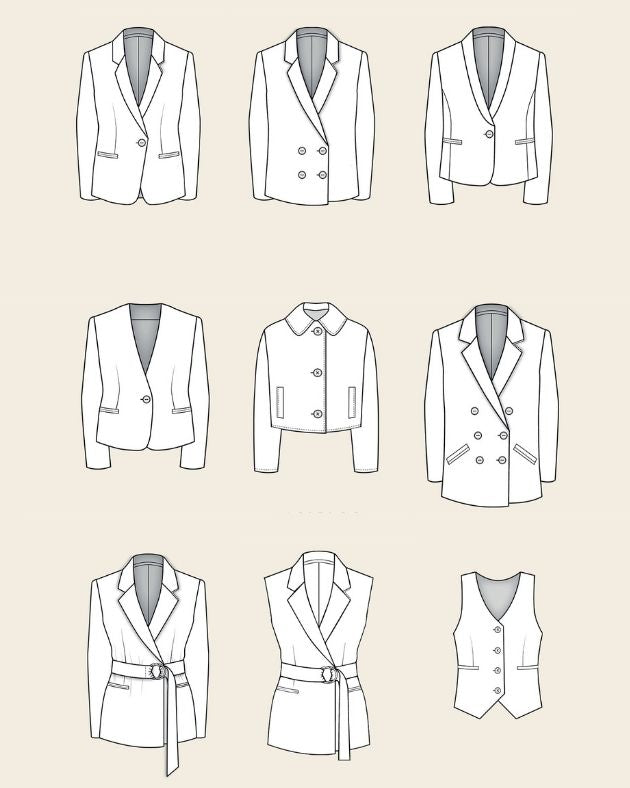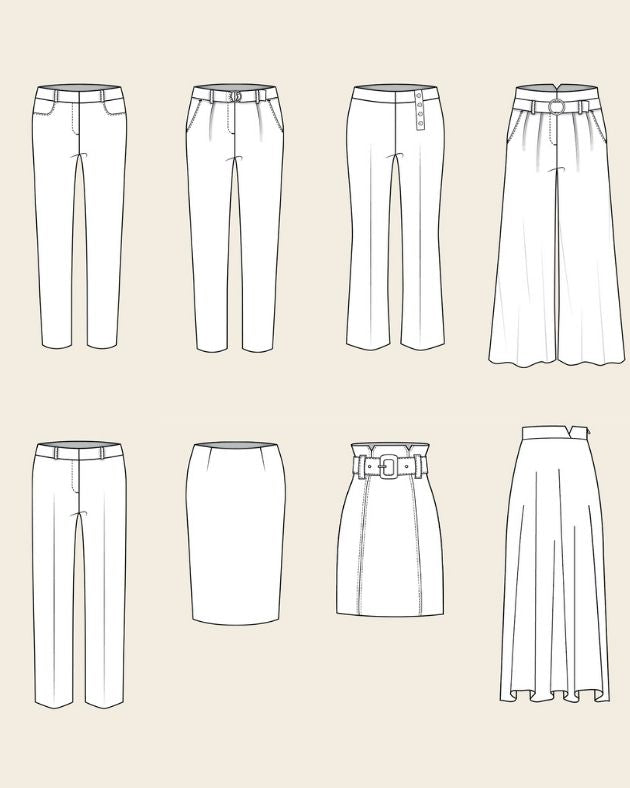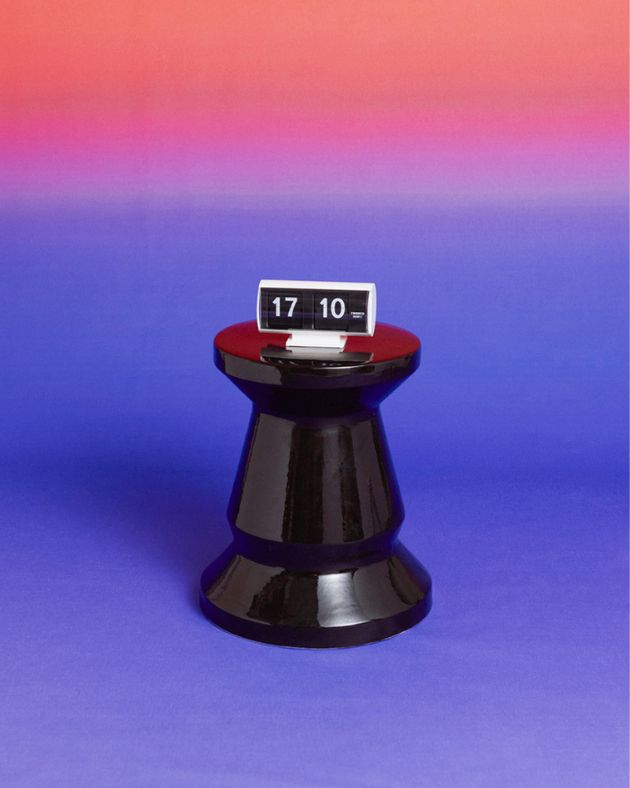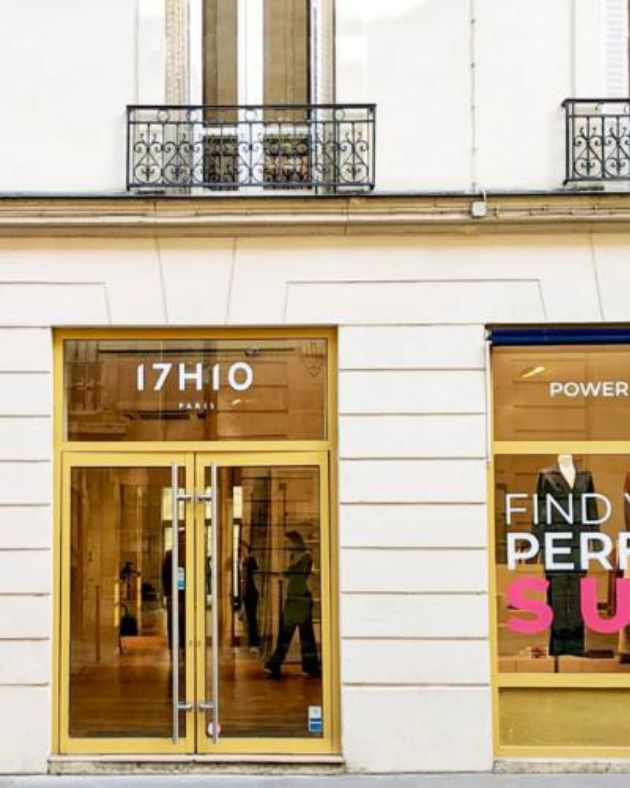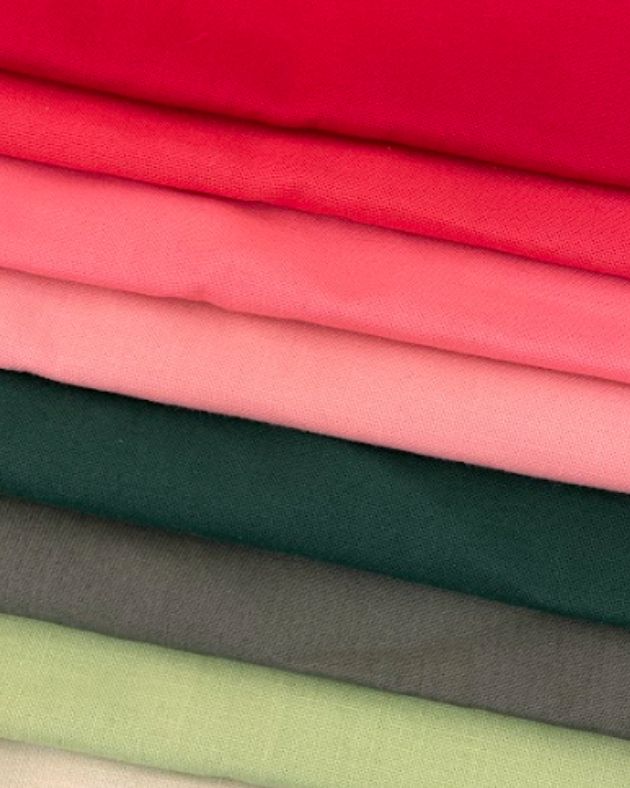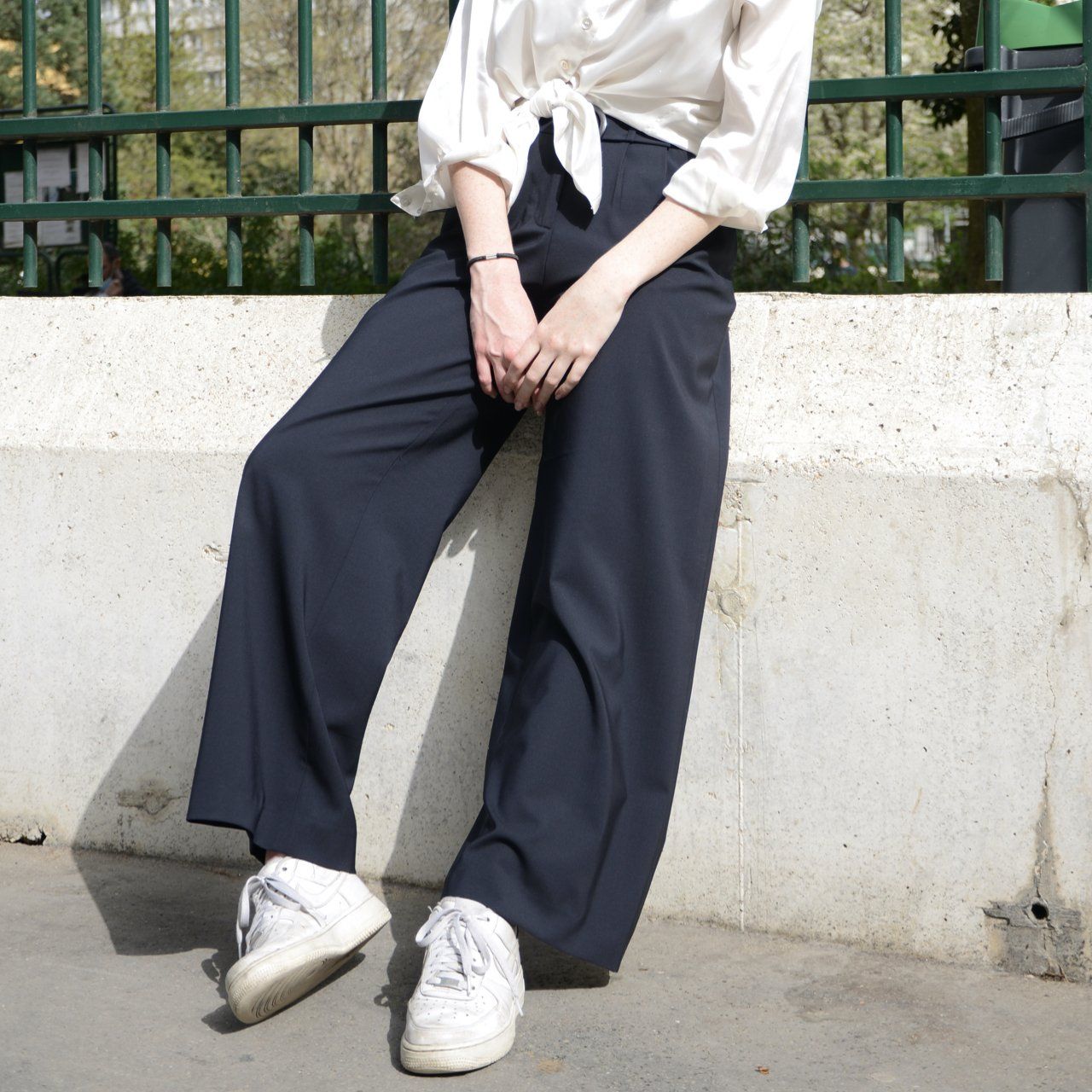The manufacture of the tailor, the secrets of an exceptional know-how
We all have a suit in our wardrobe, whether it's a skirt or trouser set. Indeed, it is one of the essentials of the wardrobe. However, the suit is a complex garment that requires a real know-how. We take you with us to Portugal to the family factory where our suits have been made for more than three years, to discover the secrets of their making.
The term to evoke the know-how and the manufacture of a tailor is the "way" and those who master the art of it the "façonniers".

Several hours are necessary to make a suit or a tailor. This very technical garment requires specific machines that only certain workshops have (piping machines, collars, belts, heat presses...). Moreover, blazers and trousers are complex pieces to work. The slightest defect is immediately visible, especially on plain fabrics because no pattern distracts attention. The fall, the seams, the cut... everything must be impeccable!
The most beautiful suits and tailors come from factories and workshops specialized in this garment. It is still impossible to automate the production of a quality suit. Cutting, assembling, finishing, are all steps that require human dexterity and control.

Our factory is located in the textile region of Portugal, Fundao, on the Spanish border. It is a family factory that employs 250 people. Here, you will not find jeans, t-shirts or knitwear, we have chosen this factory specialized in tailoring for its traditional know-how which allows us to offer you high quality tailoring. It has become a reference in the design of men's and women's suits and works for major companies such as Hugo Boss, Max Mara, Tommy Hilfiger or Burton.
The fabrics we use to make our suits are carefully selected. We work with a Super 100S wool from Italy, a high quality wool sheet known for its softness and comfort.

Whether you prefer a slim-fitting, straight-cut or oversized jacket, they all follow the same manufacturing process.
The manufacture of a suit requires a very important number of stages and a colossal work. The jacket also requires more work than a pair of trousers because it involves a greater number of operations. Moreover, we do not suspect the complexity of a suit jacket because many steps are said "invisible".
It takes about 120 steps to make a jacket and 40 for a pair of trousers. Each operation lasts one minute, so it takes two hours to make a jacket and 40 minutes for a pair of trousers. In the workshop, each technician performs 2 operations.

We can count 8 main steps to make a suit:
- Treatment of the pattern
- Preparation of the fabric
- Cup
- Labeling
- Iron-on
- Assembly
- Ironing
- Quality control
1. TREATMENT OF THE PATTERN
The manufacturing of the suit starts on the computer. We send our patterns to the factory, which makes the cutting plan, taking care to optimize the use of fabric to avoid waste.
2. PREPARATION OF THE FABRIC
The fabric is then prepared for cutting.
For striped or plaid patterns, a specific machine must be used to make a perfect fit of the pattern. The making of a patterned suit is therefore even more meticulous than that of a plain suit.

3. CUP
The machine then relies on the pattern to cut the fabric and the lining.
The factory we work with is committed to an eco-responsible and zero waste approach. The wool scraps are recycled to be reused and thus avoid losses. The pieces of fabric are unraveled and then reused as stuffing in mattresses or seats for example.
4. LABELLING
Once the different pieces of the tailor are cut, they are all labeled so that they do not get mixed up during the rest of the process. They can then be easily assembled.
Each roll of fabric has its own sequence so that there are no color differences between the different pieces of a suit, even if they are small.
5. THERMOCOLLING
On the jackets and trousers, some parts are ironed to give them more hold. The pieces are put in a machine at 140° for 30 seconds.
For this step, each person takes care of a different part of the garment: the front, the sleeves, the collar...

6. ASSEMBLY
Then comes the assembly which is the step that involves the most operations. There is a very precise order to follow to train the tailor.
For a jacket, we start with the sleeves and as for each part of the garment, there are a number of operations to perform.
First, iron the bottom of the sleeve and open the seam, then add the buttonholes. Then sew the lining, leaving a small opening that will be used for the rest of the process.
The chest darts are then sewn. Then the different parts of the body of the jacket are assembled together, the front with the bib, the pockets, the collar with our 17H10 notch, the shoulder pads... Each worker takes care of one part to assemble.
Finally, the label 17H10 is added.

7. REPASSAGE
The jacket is perfectly assembled, it only remains to iron it to give it its shape.
The next step is to shape the jacket with an ironing system.
8. QUALITY CONTROL
Throughout the manufacturing process, several checks are made to ensure that the product meets the quality criteria. The manufacturing process ends with a quality control before the product is shipped.
You now know all the secrets of how to make a suit. An outfit that can be worn without moderation and adapted to all occasions!





